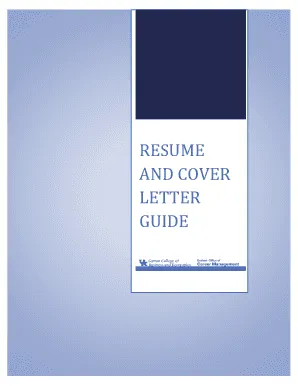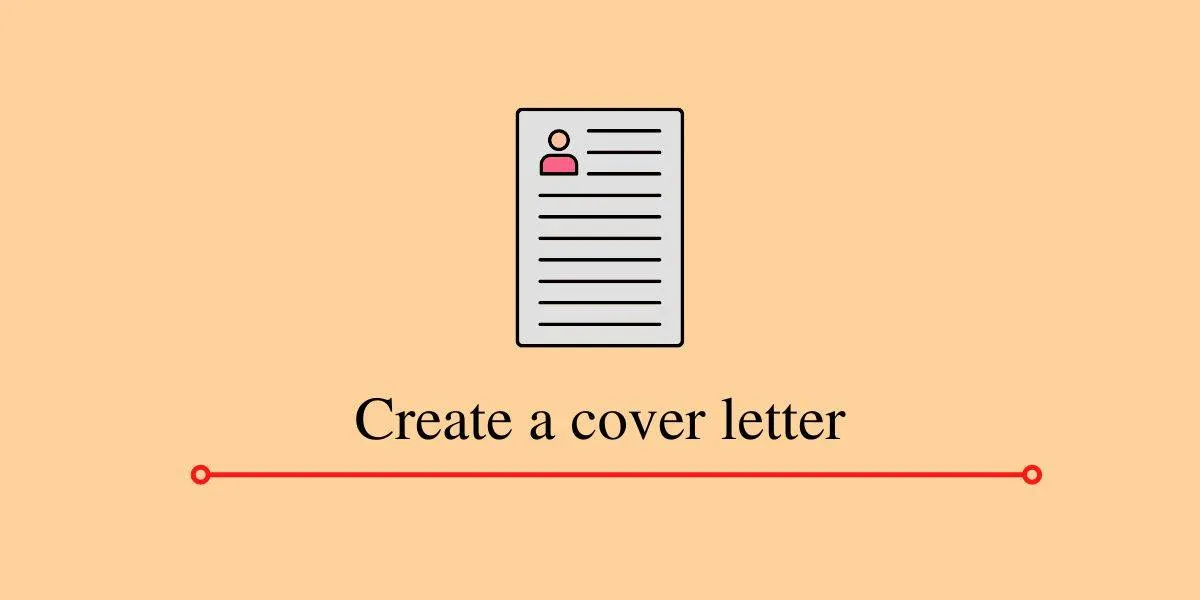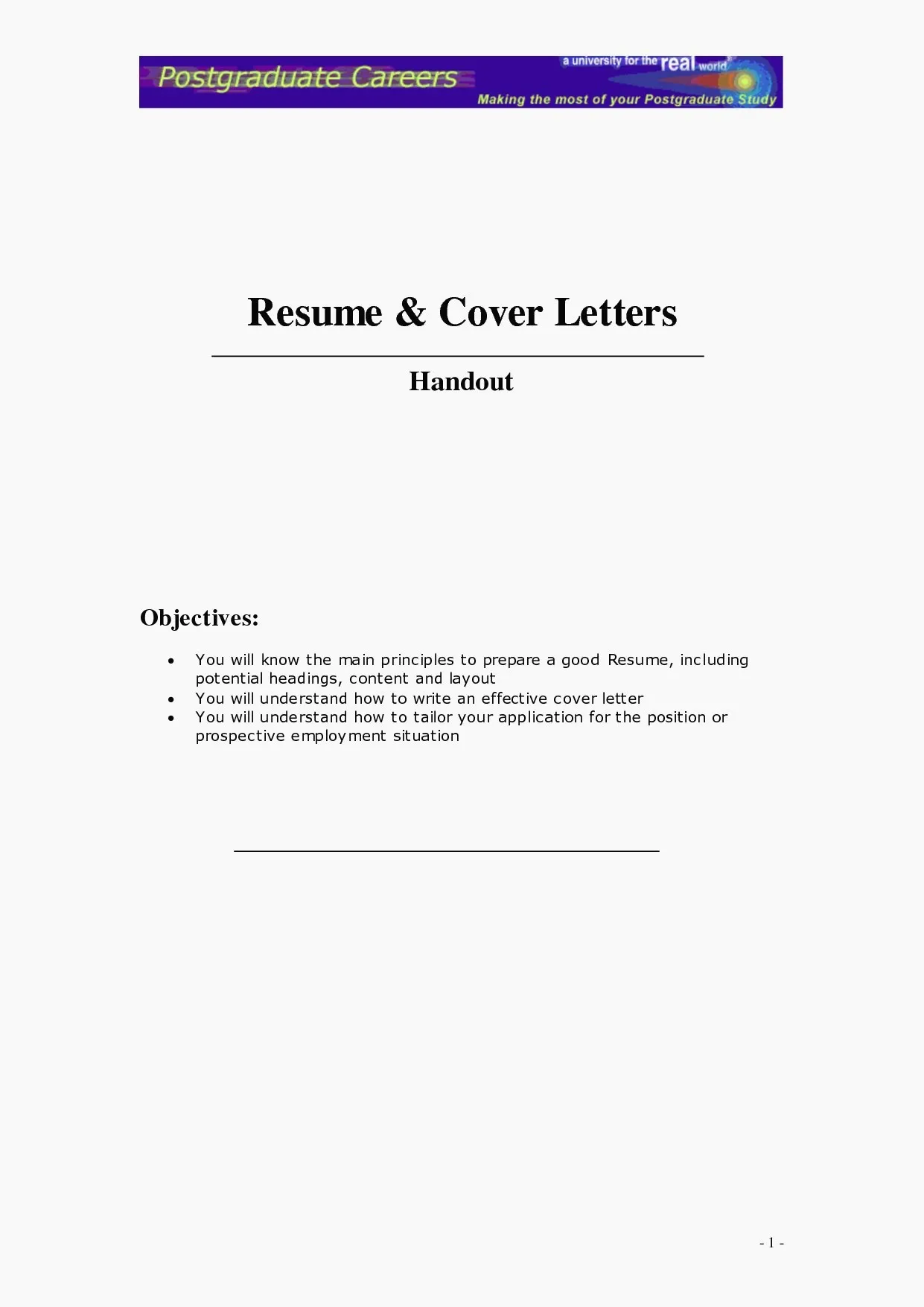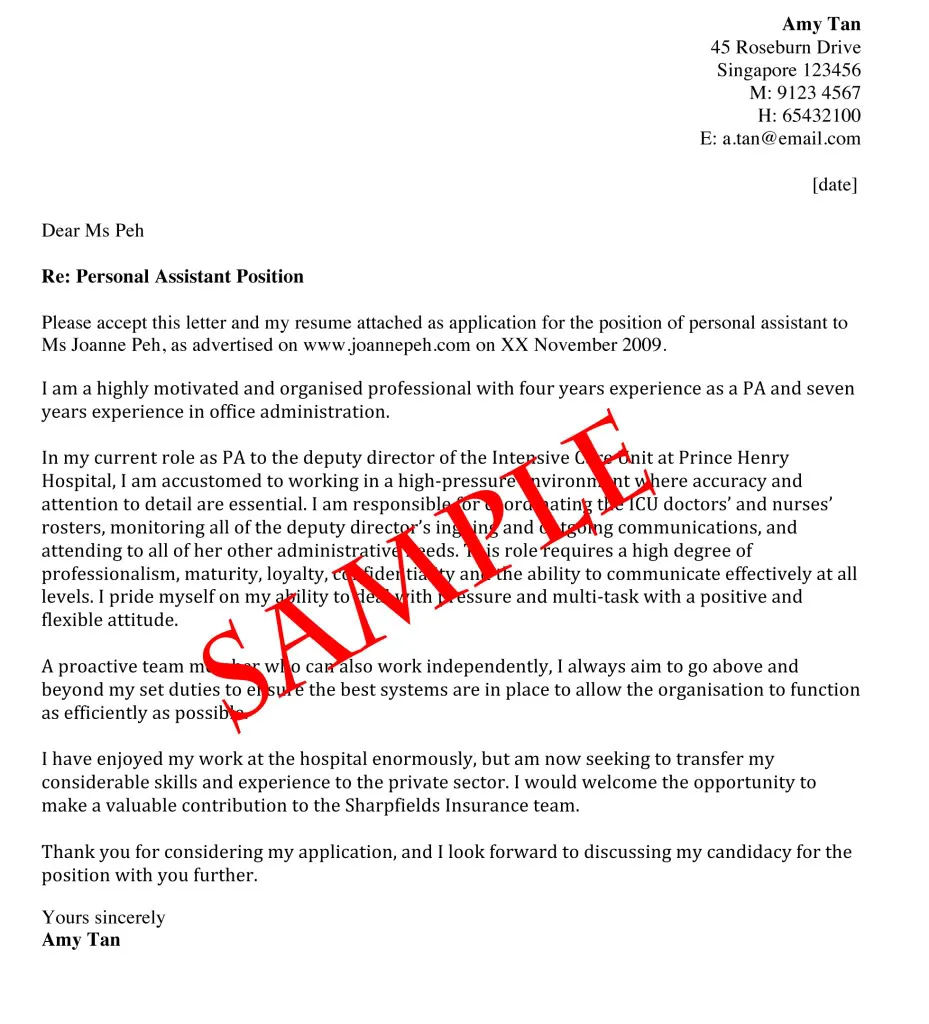Why a Cover Letter Matters
In the competitive landscape of job applications, a cover letter serves as your initial introduction to a potential employer, offering a crucial opportunity to make a strong first impression. More than just a formality, it is your chance to showcase your personality, enthusiasm, and how your unique skills align with the specific requirements of the role and the values of the company. A well-crafted cover letter can significantly increase your chances of securing an interview. It’s a tool that allows you to go beyond the information provided in your resume, giving you the space to explain gaps in your employment history, highlight achievements, and articulate your career goals. In an era where many candidates apply for the same positions, a compelling cover letter is often the key differentiator that sets you apart from the crowd and helps you land your dream job. Furthermore, it demonstrates your communication skills, attention to detail, and genuine interest in the opportunity.
Understanding the Purpose of a Cover Letter
The primary purpose of a cover letter is to introduce you to a prospective employer and to express your interest in a specific job opening. It is not merely a repetition of your resume but an opportunity to provide a narrative that complements your qualifications. It explains why you are the best fit for the role, how your skills and experiences align with the job description, and what you can bring to the company. A cover letter is also a chance to demonstrate your understanding of the company, its values, and its mission. By researching the organization and incorporating this knowledge into your letter, you show that you are genuinely interested and have taken the time to understand what the role entails. This demonstrates your proactive approach and your commitment to making a meaningful contribution. It’s about selling yourself effectively by presenting a compelling and persuasive case for why the employer should consider you for an interview.
Key Elements of a Winning Cover Letter

A winning cover letter consists of several key elements that work together to create a strong and persuasive message. The structure should be logical and easy to follow, with a clear introduction, body paragraphs, and a compelling conclusion. The content must be tailored to the specific job and company, demonstrating that you have researched the opportunity and understand what the employer is looking for. The tone should be professional yet personable, reflecting your enthusiasm for the role. The language should be clear, concise, and free of errors, conveying your excellent communication skills. The formatting should be clean and visually appealing, making the letter easy to read. All of these elements work together to create a cover letter that effectively showcases your qualifications, expresses your interest, and persuades the employer to consider your application.
Header and Contact Information
The header of your cover letter is the first impression, making it essential to get it right. Start by including your full name, address, phone number, and email address. Ensure your email address sounds professional. Next, provide the date and the recipient’s information. If you know the hiring manager’s name, include their title and the company’s address. Using the correct formatting is crucial, ensuring all information is aligned and easily readable. Maintaining a consistent font and size across the header enhances readability, as does adequate spacing between the elements. It ensures that the essential details are readily accessible and present a polished, professional appearance, showing your attention to detail.
The Salutation: Addressing the Hiring Manager
The salutation is the opening greeting of your cover letter, and it sets the tone for the rest of the document. If you know the hiring manager’s name, use it, as this personal touch demonstrates that you’ve taken the time to research the company and role. A personalized salutation, such as ‘Dear Mr. / Ms. [Last Name],’ immediately grabs attention and shows that you are addressing a specific person. If you are unsure of the hiring manager’s name, use a professional alternative such as ‘Dear Hiring Manager’ or ‘Dear [Department Name] Team.’ Avoid generic greetings such as ‘To Whom It May Concern,’ as these can make your letter seem impersonal and less engaging. Getting the salutation right is an initial step in making a positive impression and showing that you value the opportunity.
Opening Paragraph: Grabbing Attention

The opening paragraph is your chance to make a strong first impression, capturing the reader’s attention and making them want to read further. Start with a concise and compelling statement that immediately communicates your enthusiasm for the role and the company. Briefly mention the position you are applying for and how you discovered the opportunity. Highlight a key accomplishment or skill that directly relates to the job requirements, making it clear that you are a strong candidate. The opening paragraph must demonstrate your genuine interest in the company and the specific position. This not only gets their attention but also sets the tone for the rest of the letter, indicating your professionalism and eagerness.
Body Paragraphs: Showcasing Your Skills and Experience
The body paragraphs are where you demonstrate how your skills and experience align with the job requirements, offering detailed examples to support your claims. The best approach is to select 2–3 of the most relevant qualifications listed in the job description and provide specific examples that highlight your ability to meet those requirements. Use the STAR method (Situation, Task, Action, Result) to structure your examples, providing context, detailing the action you took, and quantifying the results. This shows you have not only the skill but also the ability to get results. Be specific, using concrete language and avoiding vague statements. Tailor each paragraph to the specific needs of the job, demonstrating that you have carefully read and understood the job description and are offering precisely what the employer wants. These paragraphs form the core of your argument, making your case in a compelling way.
Highlighting Relevant Skills and Achievements
When highlighting your skills and achievements, focus on those most relevant to the job description. Instead of listing every skill you possess, select the ones that directly address the requirements of the role and provide concise examples of how you’ve used those skills in the past. Use action verbs to describe your achievements, such as ‘managed,’ ‘developed,’ or ‘implemented.’ Be specific and quantify your results whenever possible. For example, instead of saying ‘Improved sales,’ say ‘Increased sales by 15% within six months.’ This level of detail demonstrates the tangible impact of your skills. Link your achievements back to the job requirements, ensuring the reader can easily see why you are a good fit. Highlighting relevant skills and achievements is all about connecting your past accomplishments with the employer’s present needs, making a strong case for your candidacy.
Quantifying Your Accomplishments

Quantifying your accomplishments makes your cover letter more compelling and demonstrates the tangible impact of your contributions. Whenever possible, use numbers, percentages, and other metrics to provide concrete evidence of your achievements. For instance, instead of saying you improved customer satisfaction, state that you ‘increased customer satisfaction scores by 20%.’ This level of detail gives the employer a clear understanding of your effectiveness and the value you brought to previous roles. When describing projects or tasks, include specific data points such as the amount of money saved, the number of clients served, or the efficiency gained. Quantifying your accomplishments helps you stand out from other candidates because it demonstrates your ability to deliver results, making your letter more persuasive and professional.
Tailoring Your Cover Letter to the Job
The most important aspect of a winning cover letter is tailoring it to the specific job and company. This is not a one-size-fits-all document. Instead of sending a generic template, personalize your cover letter to reflect the requirements of the role and the values of the company. Carefully review the job description and identify the key skills, experiences, and qualifications the employer is seeking. Use the language from the job description to describe your skills and accomplishments, demonstrating that you are a perfect fit. Research the company to understand its mission, values, and culture, then incorporate this information into your letter. When you tailor your cover letter, you demonstrate that you have taken the time to understand the role and are genuinely interested in the opportunity. This will significantly increase your chances of securing an interview.
The Closing Paragraph: Expressing Enthusiasm and Call to Action
The closing paragraph should summarize your interest in the role, reiterate your key qualifications, and express your enthusiasm for the opportunity. Thank the hiring manager for their time and consideration, and make it clear that you are eager to discuss your qualifications further. Include a call to action, such as ‘I look forward to the opportunity to discuss my qualifications in an interview.’ This actively encourages the employer to take the next step. Restate how your skills and experiences align with the job requirements, reinforcing the value you bring. Make sure the closing is professional, confident, and leaves a lasting positive impression. It is the final opportunity to persuade the reader to take action, making it just as important as the opening paragraph.
Formatting and Design for a Professional Look

The formatting and design of your cover letter can significantly impact its readability and professionalism. Use a clean, easy-to-read font, such as Arial or Times New Roman, with a font size between 10 and 12 points. Ensure there is adequate spacing between paragraphs, making the letter visually appealing and easy to scan. Use bullet points for lists, but only when necessary, as too many can clutter the document. Keep the letter concise, aiming for no more than one page, and use margins of approximately one inch on all sides. Align your text consistently to the left, using justified text sparingly. Proofread the letter carefully for any errors in grammar and spelling. A well-formatted cover letter demonstrates your attention to detail, professionalism, and respect for the reader’s time.
Proofreading and Editing for Perfection
Proofreading and editing are essential steps in crafting a winning cover letter, as they ensure that your document is free of errors and polished. Before submitting your letter, carefully review the entire document for grammar, spelling, punctuation, and formatting errors. Use a grammar and spell checker, but don’t rely on these tools alone. Read the letter aloud to identify awkward phrasing or sentences that don’t flow smoothly. Ask a friend, family member, or career counselor to review your cover letter, as a fresh pair of eyes can often catch errors that you might have missed. Proofread multiple times, as it is easy to overlook mistakes. A clean and error-free cover letter demonstrates your attention to detail, professionalism, and respect for the reader. This is the final step in ensuring your cover letter makes a positive impression.
In conclusion, crafting a winning cover letter requires careful attention to detail and a strategic approach to presenting your qualifications. By understanding the purpose of a cover letter, tailoring it to each job, and ensuring it is free of errors, you can increase your chances of landing an interview. Remember, your cover letter is your first impression and the key to unlocking your next career opportunity. Use these steps and tips to make your application stand out. Good luck with your job search!
